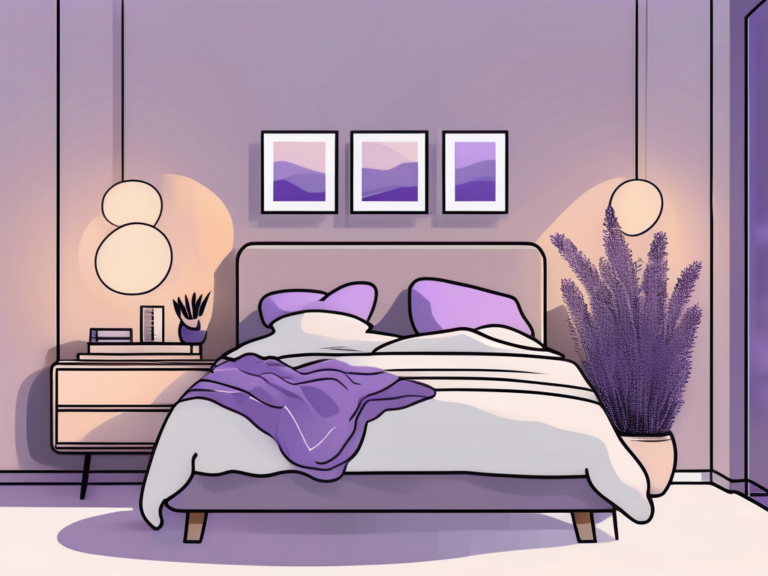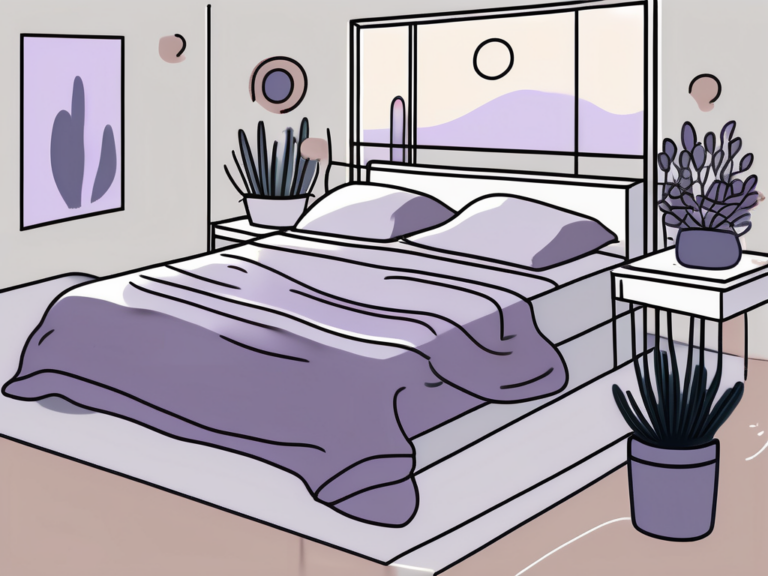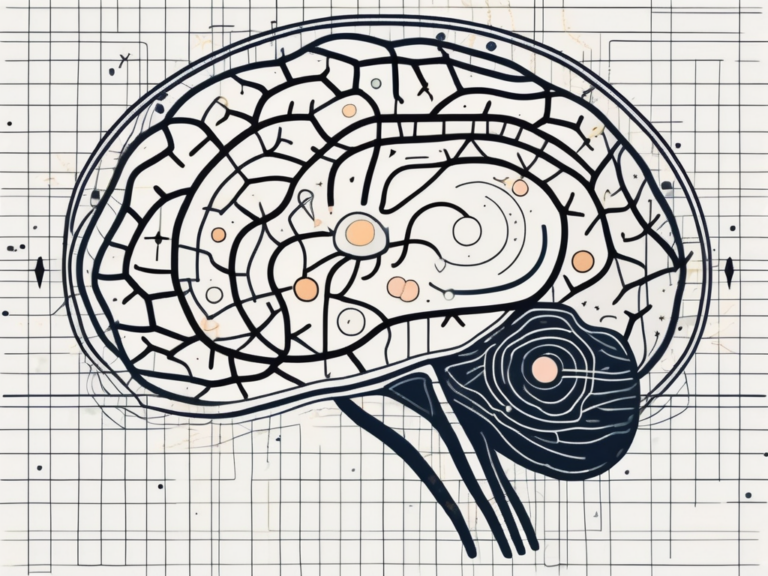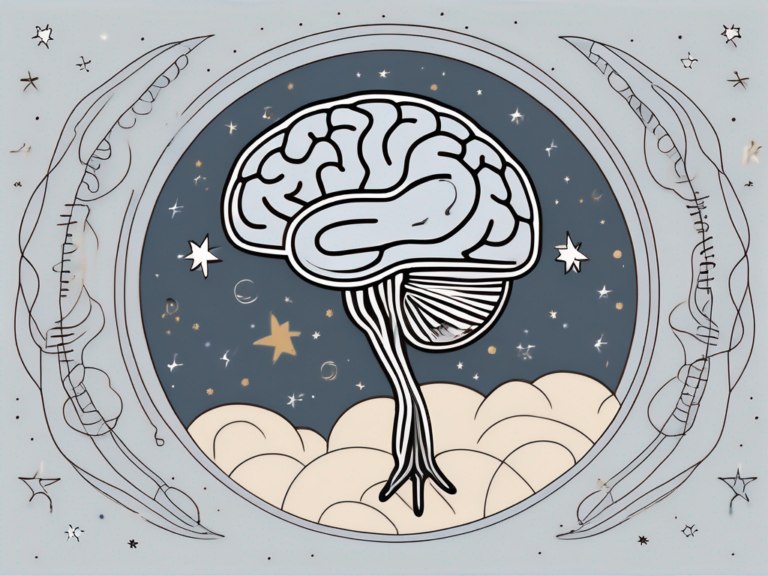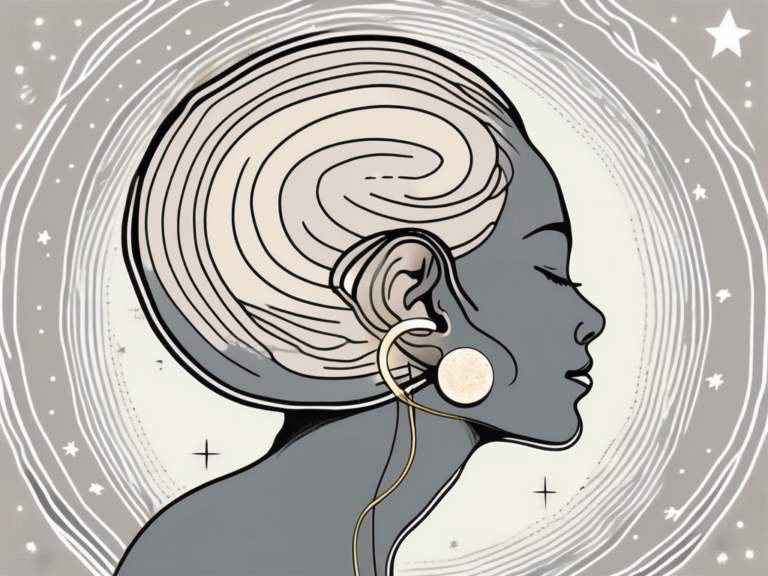Trochlear Nerve and Sleeping
As someone who has personally experienced the impact of the trochlear nerve on sleeping patterns, I understand just how crucial it is to delve into the topic and bring awareness to this often overlooked aspect of sleep health. The trochlear nerve, also known as the fourth cranial nerve, plays a vital role in our ability to sleep peacefully and wake up feeling refreshed. In this article, we will explore the anatomy, functions, and connection between the trochlear nerve and sleep. We will also discuss the consequences of sleep deprivation on the trochlear nerve and strategies to improve both sleep quality and trochlear nerve health.
Understanding the Trochlear Nerve
Before we dive into the connection between the trochlear nerve and sleep, it is important to have a clear understanding of this intricate part of our nervous system. The trochlear nerve is one of the twelve pairs of cranial nerves, originating from the brainstem. It is the smallest cranial nerve and is responsible for controlling the movement of the superior oblique muscle of the eye.
Anatomy of the Trochlear Nerve
The trochlear nerve emerges from the posterior aspect of the brainstem and travels a complex path towards the eye. It innervates the superior oblique muscle, which is primarily responsible for downward and inward eye movements, as well as rotational movements. The unique anatomical course of the trochlear nerve makes it prone to injury or dysfunction, which can have a significant impact on sleep patterns.
As the trochlear nerve makes its way through the skull, it passes through several bony structures and tight spaces. Any compression or damage along its path can lead to symptoms such as double vision, difficulty focusing, and eye strain. This highlights the delicate nature of the trochlear nerve’s anatomy and the importance of its proper functioning for overall visual health.
Functions of the Trochlear Nerve
The primary function of the trochlear nerve is to coordinate the movement of the superior oblique muscle, allowing our eyes to move in a coordinated and smooth manner. It plays a crucial role in our ability to track moving objects and maintain proper eye alignment. The trochlear nerve also contributes to depth perception and spatial awareness.
In addition to its role in eye movement, the trochlear nerve also interacts with other cranial nerves and brain regions to modulate reflexes and responses related to visual stimuli. This intricate network of connections underscores the multifaceted functions of the trochlear nerve beyond simple eye movement control. Understanding these complex interactions can provide valuable insights into the broader impact of trochlear nerve dysfunction on various aspects of neurological function.
The Connection Between the Trochlear Nerve and Sleep
Now that we have a solid foundation on the trochlear nerve, let’s explore its intriguing relationship with sleep. The rhythmic movements of our eyes during sleep, known as rapid eye movement (REM) sleep, are controlled by the trochlear nerve. During REM sleep, our eyes move rapidly in various directions, mimicking the movements we make while awake. This phenomenon is thought to be an essential component of the dream cycle and the processing of emotional experiences.
Understanding the intricate connection between the trochlear nerve and sleep sheds light on the importance of this cranial nerve in our overall well-being. The trochlear nerve, also known as the fourth cranial nerve, is one of the smallest nerves in the human body but plays a crucial role in facilitating proper eye movement and visual coordination. Its involvement in the sleep cycle highlights the intricate interplay between our neurological functions and restorative rest.
Role of the Trochlear Nerve in Eye Movement During Sleep
The trochlear nerve works in harmony with other cranial nerves to ensure the smooth and coordinated movement of our eyes during sleep. Dysfunction or damage to the trochlear nerve can result in eye movement abnormalities during REM sleep, leading to disturbances in the overall sleep cycle. These disruptions can manifest as vivid dreaming, impaired sleep quality, and excessive daytime sleepiness.
Moreover, the trochlear nerve’s role in eye movement extends beyond REM sleep, encompassing various visual tasks that are essential for our daily functioning. From tracking moving objects to maintaining visual stability during head movements, the trochlear nerve contributes to our ability to perceive and interact with the world around us. Its intricate connections within the brainstem and visual processing centers highlight the complexity of neural networks involved in both sleep and wakefulness.
Trochlear Nerve Disorders Affecting Sleep
There are several conditions that can impact the trochlear nerve, potentially interfering with our ability to achieve restful sleep. Trochlear nerve palsy, for instance, occurs when the nerve is damaged, leading to limited movement of the superior oblique muscle. This can lead to double vision, eye misalignment, and difficulties in smoothly tracking objects – all of which can disrupt sleep.
Furthermore, trochlear nerve disorders can have broader implications beyond sleep disturbances, affecting an individual’s overall visual acuity and eye coordination. Seeking early diagnosis and appropriate treatment for trochlear nerve-related conditions is crucial not only for improving sleep quality but also for preserving long-term eye health and neurological function. By recognizing the significance of the trochlear nerve in both sleep and wakefulness, we gain a deeper appreciation for the intricate mechanisms that govern our daily experiences.
Impact of Sleep Deprivation on the Trochlear Nerve
It’s no secret that chronic sleep deprivation can wreak havoc on our overall well-being, but its effects on the trochlear nerve are often overlooked. Prolonged lack of sleep can have detrimental effects on the health and functionality of the trochlear nerve.
The trochlear nerve, also known as the fourth cranial nerve, plays a crucial role in eye movement. It is responsible for controlling the superior oblique muscle, which helps the eye move in a downward and outward direction. When this nerve is not functioning optimally due to sleep deprivation, it can result in various visual disturbances and difficulties in coordinating eye movements.
Symptoms of Trochlear Nerve Damage Due to Poor Sleep
When the trochlear nerve is compromised due to sleep deprivation, various symptoms can manifest. These may include eye strain, decreased coordination, and difficulty in focusing or tracking moving objects. In severe cases, individuals may experience persistent headaches, visual disturbances, and problems with balance.
Additionally, inadequate sleep can lead to increased pressure within the brain, known as intracranial pressure, which can further impact the trochlear nerve’s function. This heightened pressure can exacerbate symptoms such as double vision, eye misalignment, and even vision loss in extreme cases.
Long-term Effects of Sleep Deprivation on the Trochlear Nerve
The long-term consequences of chronic sleep deprivation can be profound. Ongoing sleep deprivation can lead to cumulative damage to the trochlear nerve, resulting in long-lasting impairments. It is essential to prioritize healthy sleep habits to prevent such consequences and preserve trochlear nerve function.
Furthermore, research suggests that chronic sleep deprivation may contribute to the development of neurodegenerative diseases that can affect the nervous system, including the trochlear nerve. By understanding the intricate relationship between sleep and nerve health, individuals can make informed choices to prioritize adequate rest and protect the integrity of their nervous system.
Treatment and Management of Trochlear Nerve Disorders
Thankfully, there are various options available for the treatment and management of trochlear nerve disorders. Non-surgical approaches, such as physical therapy and certain medications, can help alleviate symptoms and improve overall trochlear nerve health.
When it comes to trochlear nerve disorders, a comprehensive approach to treatment is essential for optimal outcomes. In addition to non-surgical methods, lifestyle modifications can play a significant role in managing symptoms and promoting nerve health. This may include maintaining a healthy diet rich in nutrients that support nerve function and participating in stress-reducing activities such as yoga or meditation to support overall nerve health.
Non-Surgical Treatments for Trochlear Nerve Disorders
Physical therapy exercises, including eye exercises and eye muscle strengthening, can be beneficial in cases where the trochlear nerve is affected. Additionally, medications such as analgesics and anti-inflammatory drugs may be prescribed to reduce pain and inflammation associated with trochlear nerve damage.
Furthermore, alternative therapies like acupuncture or chiropractic care may offer additional benefits for individuals seeking non-surgical treatment options for trochlear nerve disorders. These holistic approaches focus on restoring balance to the body’s energy systems and musculoskeletal structure, potentially aiding in the alleviation of symptoms and promoting overall well-being.
Surgical Options for Trochlear Nerve Damage
In severe cases, when non-surgical approaches do not provide sufficient relief, surgical intervention may be considered. Surgical options for trochlear nerve damage can range from decompressive surgery to remove compression on the nerve to nerve repositioning procedures. However, it is crucial to consult with a qualified healthcare professional to determine the most appropriate course of action.
Prior to undergoing any surgical procedure for trochlear nerve disorders, patients should engage in thorough discussions with their healthcare providers to fully understand the potential risks and benefits associated with the surgery. Additionally, post-operative care and rehabilitation are vital components of the surgical process, aimed at maximizing recovery and restoring optimal trochlear nerve function.
Improving Sleep for Better Trochlear Nerve Health
Now that we understand the intricate relationship between the trochlear nerve and sleep, it’s important to explore strategies for optimizing both sleep quality and trochlear nerve health.
When it comes to sleep hygiene, there are various tips and techniques that can help promote optimal nerve function. One of the key factors is establishing a consistent sleep schedule. Going to bed and waking up at the same time every day can regulate your body’s internal clock, allowing for a more restful sleep and supporting the health of the trochlear nerve.
In addition to a consistent sleep schedule, creating a soothing sleep environment can make a significant difference in both sleep quality and trochlear nerve health. Consider making your bedroom a sanctuary for relaxation by keeping it cool, dark, and quiet. Investing in a comfortable mattress and pillows can also enhance your sleep experience, ensuring that your trochlear nerve gets the rest it needs.
Sleep Hygiene Tips for Optimal Nerve Function
Practicing relaxation techniques before bedtime can also contribute to better sleep and trochlear nerve health. Activities such as meditation, deep breathing exercises, or gentle stretching can help calm the mind and body, preparing you for a restful night’s sleep. By reducing stress and anxiety, these techniques can alleviate any tension that may affect the trochlear nerve’s ability to function optimally.
Another important aspect of sleep hygiene is limiting exposure to stimulants leading up to bedtime. Caffeine, found in coffee, tea, and some sodas, can interfere with sleep by stimulating the nervous system. Similarly, the blue light emitted by electronic devices like smartphones and tablets can disrupt the production of melatonin, a hormone that regulates sleep. By avoiding these stimulants in the evening, you can support both your sleep quality and the health of your trochlear nerve.
The Role of Diet and Exercise in Nerve Health and Sleep Quality
While sleep hygiene is crucial, it’s also essential to consider the role of diet and exercise in promoting nerve health and improving sleep quality. Engaging in regular physical exercise not only benefits overall health but also enhances blood flow, which is vital for optimal nerve function. Whether it’s a brisk walk, a yoga session, or a workout at the gym, finding an exercise routine that suits your lifestyle can positively impact both your trochlear nerve and your sleep.
In addition to exercise, maintaining a balanced diet can provide the necessary nutrients to support nerve health and improve sleep quality. Foods rich in antioxidants, such as berries, leafy greens, and nuts, can protect nerve cells from damage and inflammation. Omega-3 fatty acids, found in fatty fish like salmon and mackerel, have been shown to reduce nerve inflammation and promote healthy nerve function. By incorporating these nutrient-rich foods into your diet, you can nourish your trochlear nerve and promote better sleep.
By prioritizing healthy sleep habits, seeking appropriate medical care when needed, and adopting lifestyle choices that support nerve health, we can ensure a harmonious relationship between the trochlear nerve and sleeping patterns. Remember, everyone’s journey with the trochlear nerve and sleep is unique, so it’s important to consult with a healthcare professional for personalized advice and guidance.

